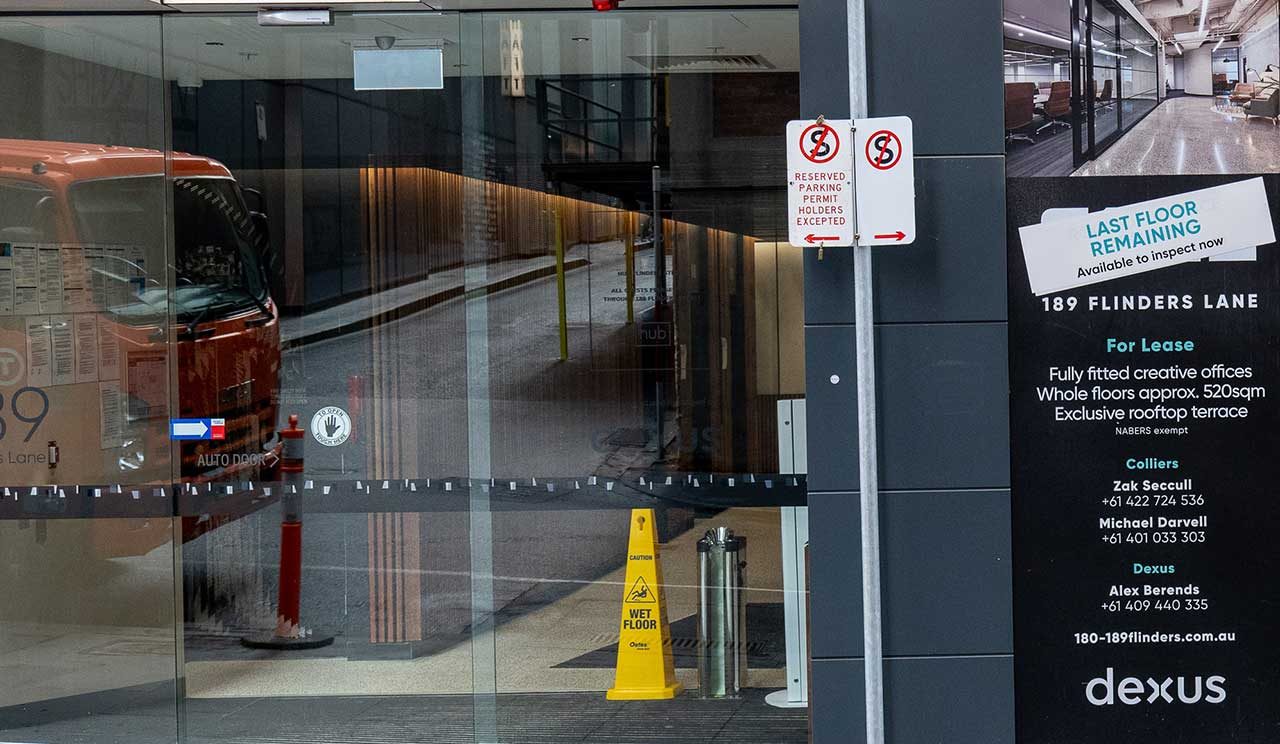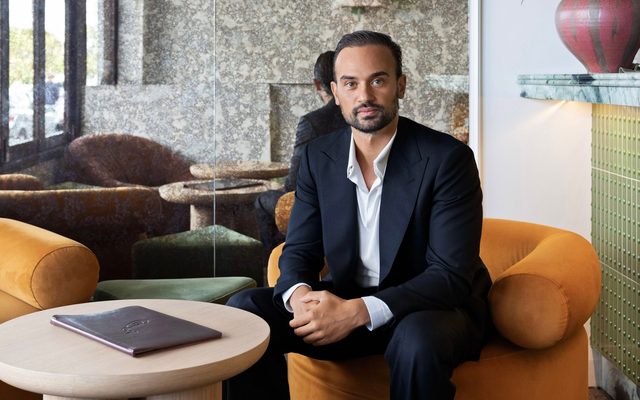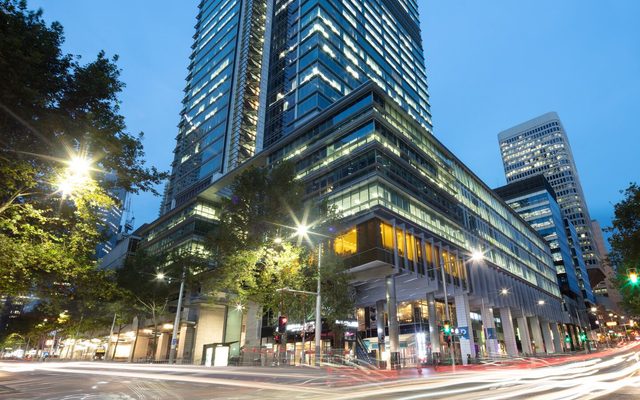This article is from the Australian Property Journal archive
AFTER a subdued year or two, the commercial real estate transaction market may be picking up, after a 18% increase over the last six months compared to the same time last year, according to Dexus.
According to Dexus’ latest Australian Real Asset Review Q4 2024, the value of transactions in 2024 is forecast to reach $44 billion on a pro-rata basis, or around 11% above 2023 levels.
The average size of transactions across commercial markets are up 60% year-to-date on 2023 and the proportion of institutional buyers is up from 34% to 64%.
At the same time, transaction volumes are still below average, despite improvements, which could indicate buyers are recognising value at current pricing levels.
Retail portfolios are now outpacing other sectors, after years of lagging. With retail recording relatively high yields, improving rents and occupancy.
Retail sales were up by 0.7% in August, bringing annual sales growth to 3.1%. With growth led by pharmaceuticals and toiletries, which grew by 8.7% year-on-year, and food by 3.8% year-on-year.
Dexus is forecasting retail sales will continue to be driven by population growth and rising incomes, which should offset cost of living pressures. With retail sales expected to grow at an average rate of 3.5% over the cycle.
Shopping centres are benefiting from this improving retail sales growth. With the asset type also set to benefit from the supply of enclosed shopping centre space, which is projected to be around 70% of the 20-year average over the next two years.
With recent shopping centres deals including JY Group’s $195 million acquisition of a half-stake in Westfield Whitford City from Singaporean sovereign wealth fund GIC, Scentre Group and Barrenjoey confirming their $174.75 million purchase of a half-stake in Adelaide’s Westfield West Lakes on the back of their buy of a 50% interest in Westfield Tea Tree Plaza for $308 million, while Vicinity Centres nabbed a 50% stake in Lakeside Joondalup.
While office fund returns were the weakest, with a 15.2% drop over the year, after major declines in office valuations.
With office vacancy rates sitting below 10% in premium buildings in the core of the Sydney and Melbourne CBDs.
Despite this, there are pockets of strength in the office market, such as in the Sydney core CBD, where rents have increased by 13%.
Though across all CBD markets 44% of buildings have no vacancy and that 66% of the vacant space is contained in just 10% of the buildings.
Recent office transactions have included Mitsui Fudosan, which acquired a 66% stake in the office development of 55 Pitt Street for $1.3b in the largest deal of the year so far, 50% stake in 255 George Street in Sydney for $364 million, , 5 Martin Place in Sydney to Cbus Property for $296 million, 24% discount to the peak value.
While Mirvac has recently divested the 40 Miller Street, North Sydney office building to Barings for $140 million, and 367 Collins Street in Melbourne for $345 million, both at a 20% discount to peak book values, while Quintessential acquired 240 Queen Street at a 17% discount to peak valuation.
The industrial sector has continued to ease over the last few quarters after unprecedented rent growth over the last 24 months.
The value of infrastructure deals in the six months to Q3 2024 was around double the same period last year at US$5.6 billion.
“Real asset investment markets passed a watershed moment in September when the US Federal Reserve cut its cash rate,” said Peter Studley, head of research at Dexus.
“Consensus forecasts for Australian interest rates to fall in 2025 bodes well for liquidity and real asset values in the year ahead.”
With unlisted property funds in total returning a 0.4% drop over the quarter and 9.0% over the year.
Listed real estate pricing was up again over Q3 2024, Australian shares returning 7.8% in the year to Q2 2024 and 21.8% for the year,
With the AREIT index returning 24.6%, with AREITs returning 14.5% for the quarter and 47.0% for the year.




